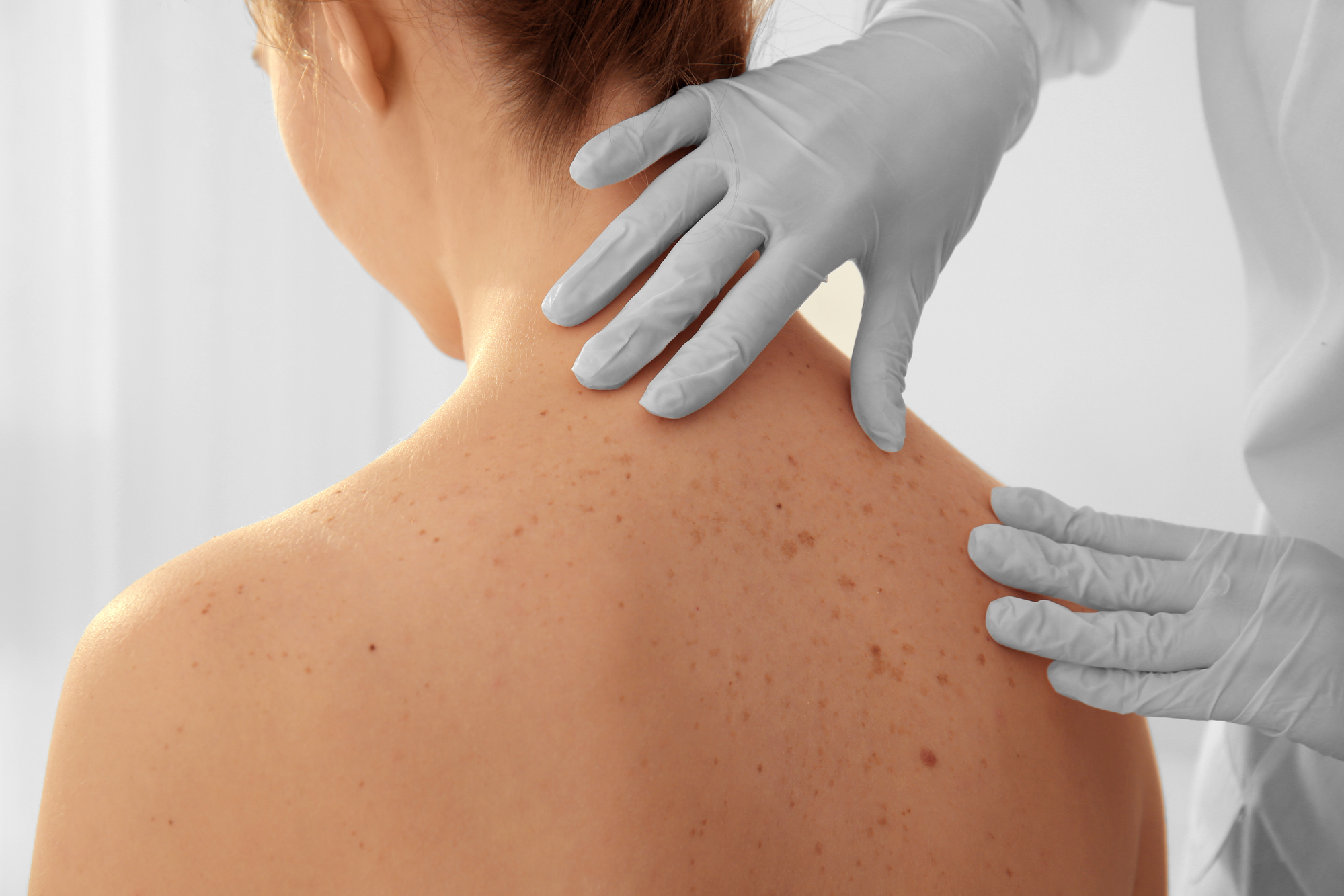What to Expect During a Skin Cancer Screening
Skin cancer is the most common cancer in the United States, with 1 in 5 Americans developing it in their lifetime. The good news; is that according to The Skin Cancer Foundation – cancers found and removed early are almost always curable.
Regular self-skin exams and a yearly skin cancer screening by your doctor are crucial in identifying any pre-cancerous or cancerous areas early. When performing a self-exam be sure to look between toes, behind ears and have a loved one check your back. It is also important to remember to use a broad spectrum sunscreen, SPF 30 or above, on a daily basis.
Your yearly skin cancer screening is a simple 10 minute appointment where your doctor examines your skin to look for any suspicious areas. Before the exam, your doctor will ask if you have any areas of concern. Be sure to point out any areas that you may have noticed changes in. The doctor will examine each part of your skin and prescribe a course of action if a suspicious area of skin is identified. The course of action varies by individual. In difficult to diagnose conditions, this may include a biopsy.
A biopsy is a quick, simple procedure that helps diagnose the condition. A local anesthetic is applied and a small tissue sample is taken from the suspicious area. The sample is then sent to a pathology lab where results are determined. If the biopsy reveals skin cancer, the remainder of the growth will be treated at a later date.
Be Proactive
“Remember, early detection is the key to beating skin cancer and a simple, yearly in-office cancer screening could save your life.”- Dr. Robert Ripley, MD, FACS.
Questions about your skin health?
Call Dr. Robert Ripley: 928-668-5506




